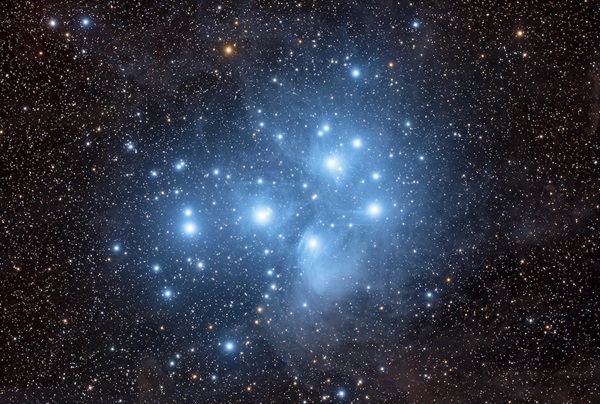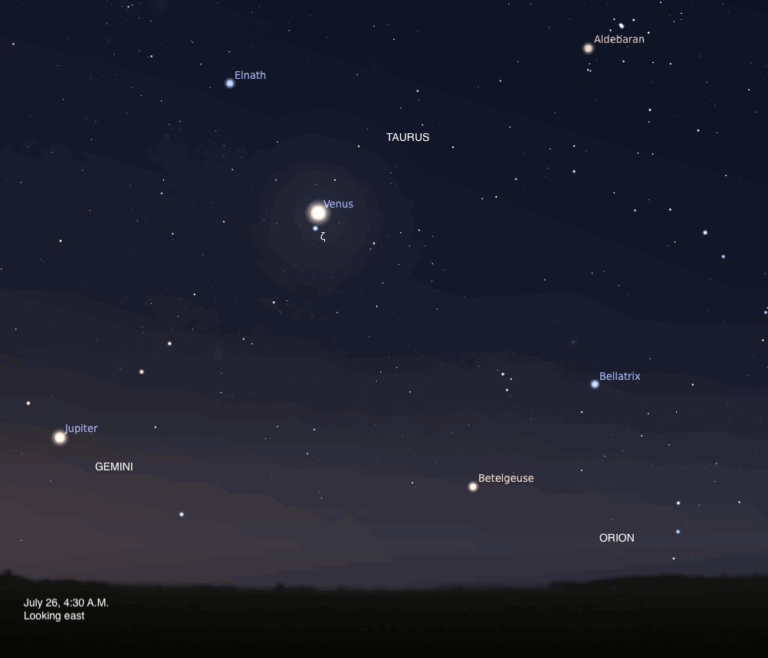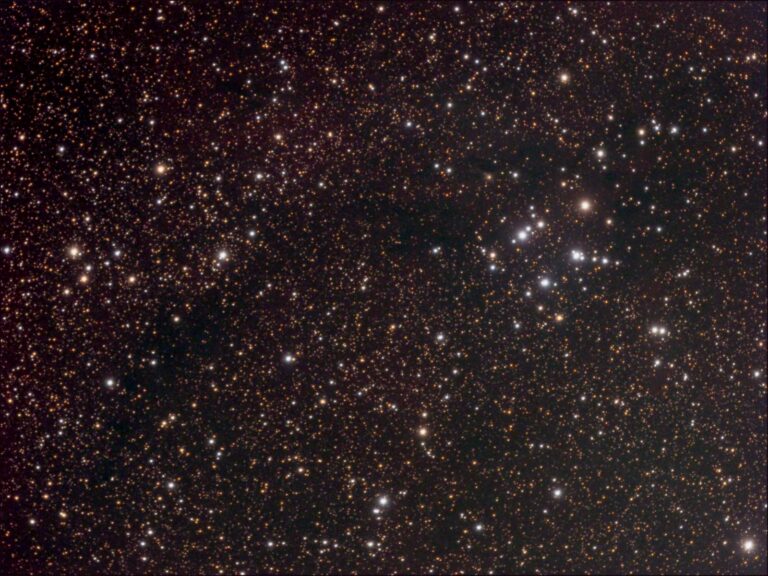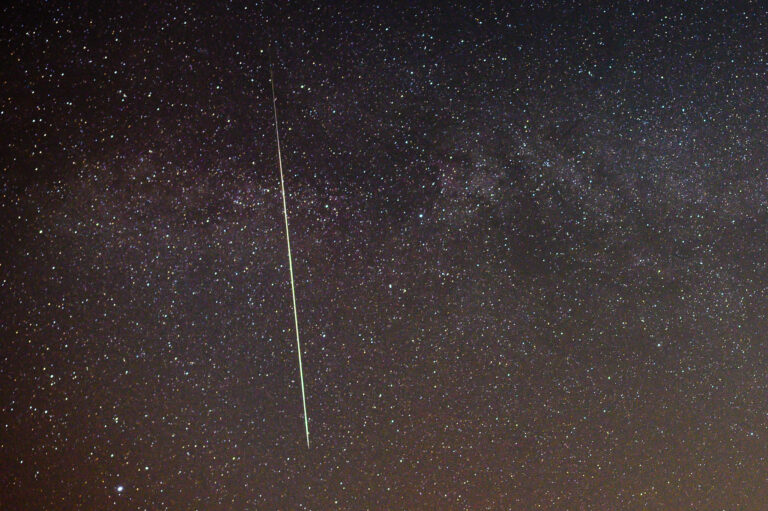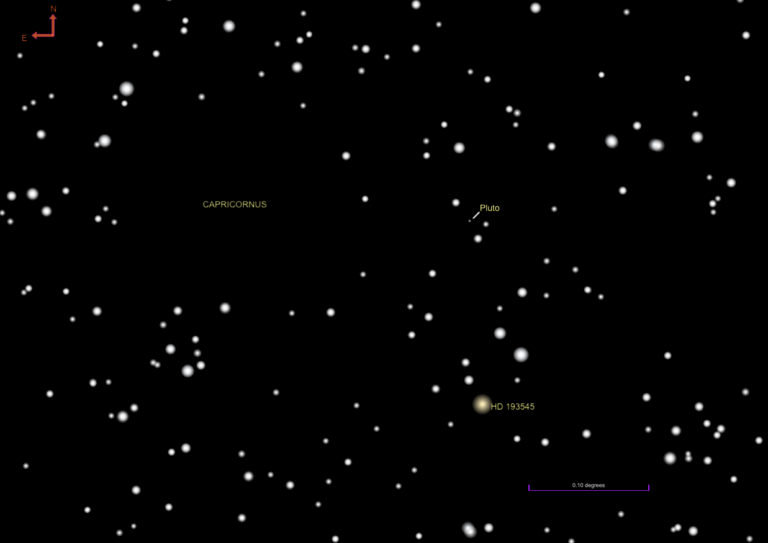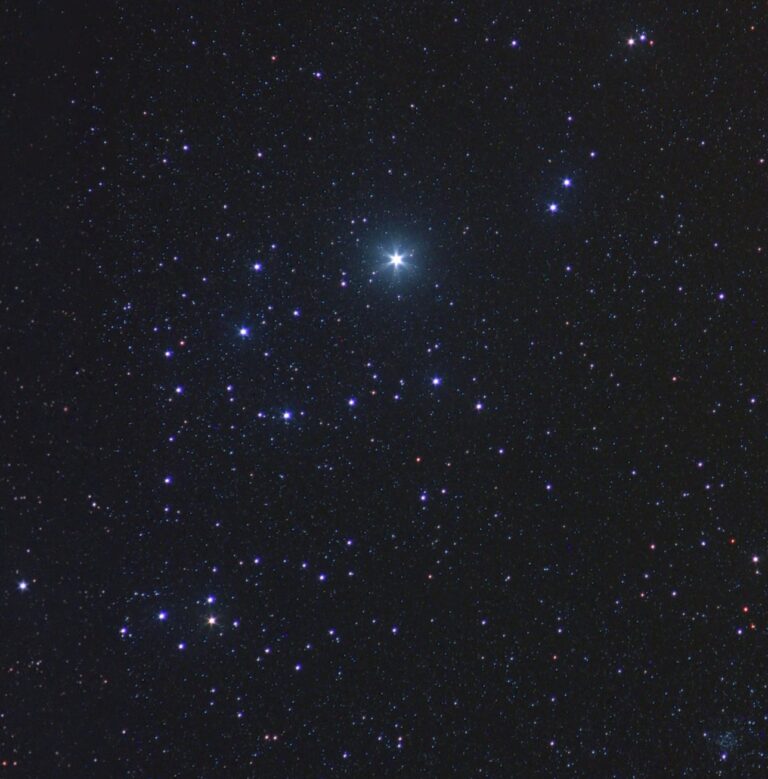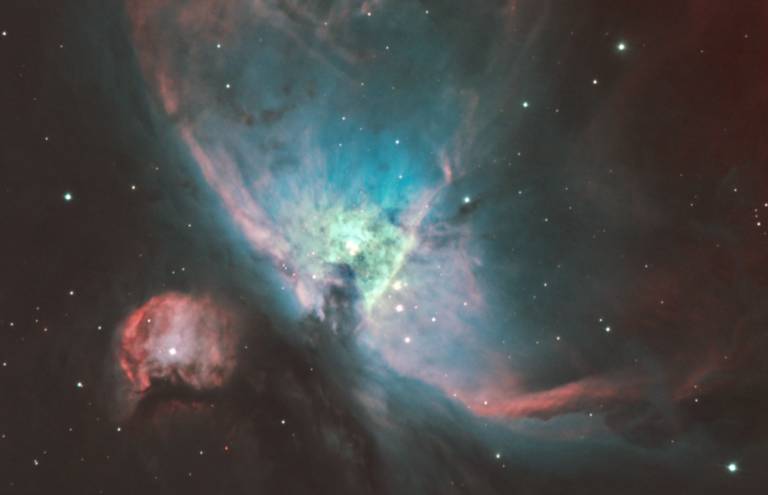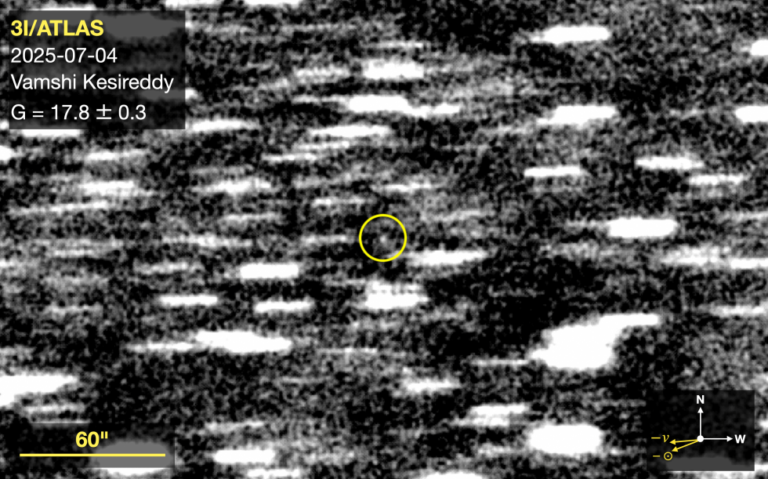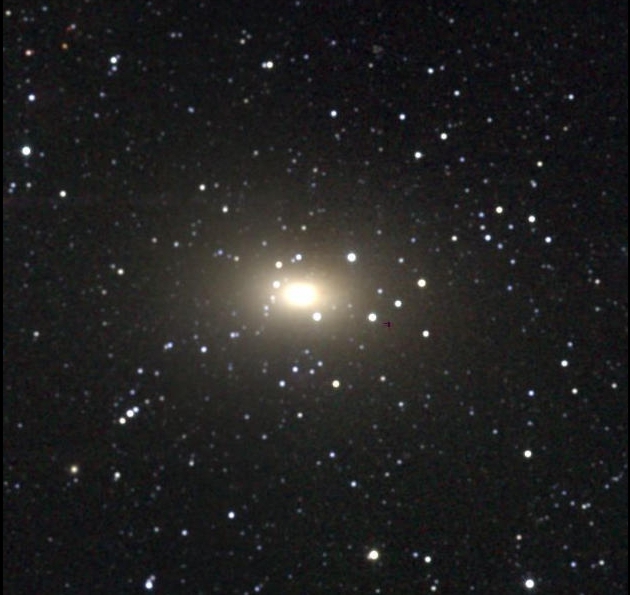Key Takeaways:
Visible to the unaided eye as a tiny congregation of stars due west of Taurus’ V-shaped head, the Pleiades (M45), also known as the Seven Sisters, is one of the sky’s premier open star clusters. Under typical suburban skies, you might be able to count five or six stars set in the shape of a tiny dipper. Move to darker skies, though, and that number could double or even triple.
One reason the Pleiades puts on such a grand show is because it is only about 445 light-years away. That makes it one of the closest clusters to Earth. Just how many stars belong to the Pleiades depends on the source you quote. Some will say about 200, while others will claim more than 1,000. Studies suggest that Pleiades’ stars are roughly 100 million years old — mere infants compared to the Sun.
Photographs of the Pleiades show they are immersed in blue reflection nebulae. Originally, astronomers believed that the nebulosity was leftover material from the cluster’s formation. Recent studies, however, show that the nebulae and the cluster are moving through space at two different velocities, proving these objects are independent and just happen to be currently passing each other on their separate journeys through the cosmos.
The Pleiades spans nearly 2°, making binoculars and wide-field telescopes best for taking in the view. There are several striking binary and multiple stars within M45. The star Atlas, shining at magnitude 3.7, together with Pleione, which varies in brightness from magnitude 4.8 to 5.7, form a wide pair that marks the eastern-pointing handle of the shrunken dipper’s bowl. Asterope is also a wide pair of stars, while Alcyone, the brightest Pleiad, is a quadruple star system.
Given an exceptionally clear evening, look closely for soft gossamer wisps of the dust surrounding some of the Pleiades’ brighter stars. The brightest portion of the cluster’s nebulosity is identified as NGC 1435 and sits near Merope, the southeastern star in the Pleiades’ bowl.
Make sure to explore Astronomy’s full list of 101 cosmic objects you must see. New entries will be added each week throughout 2022.

